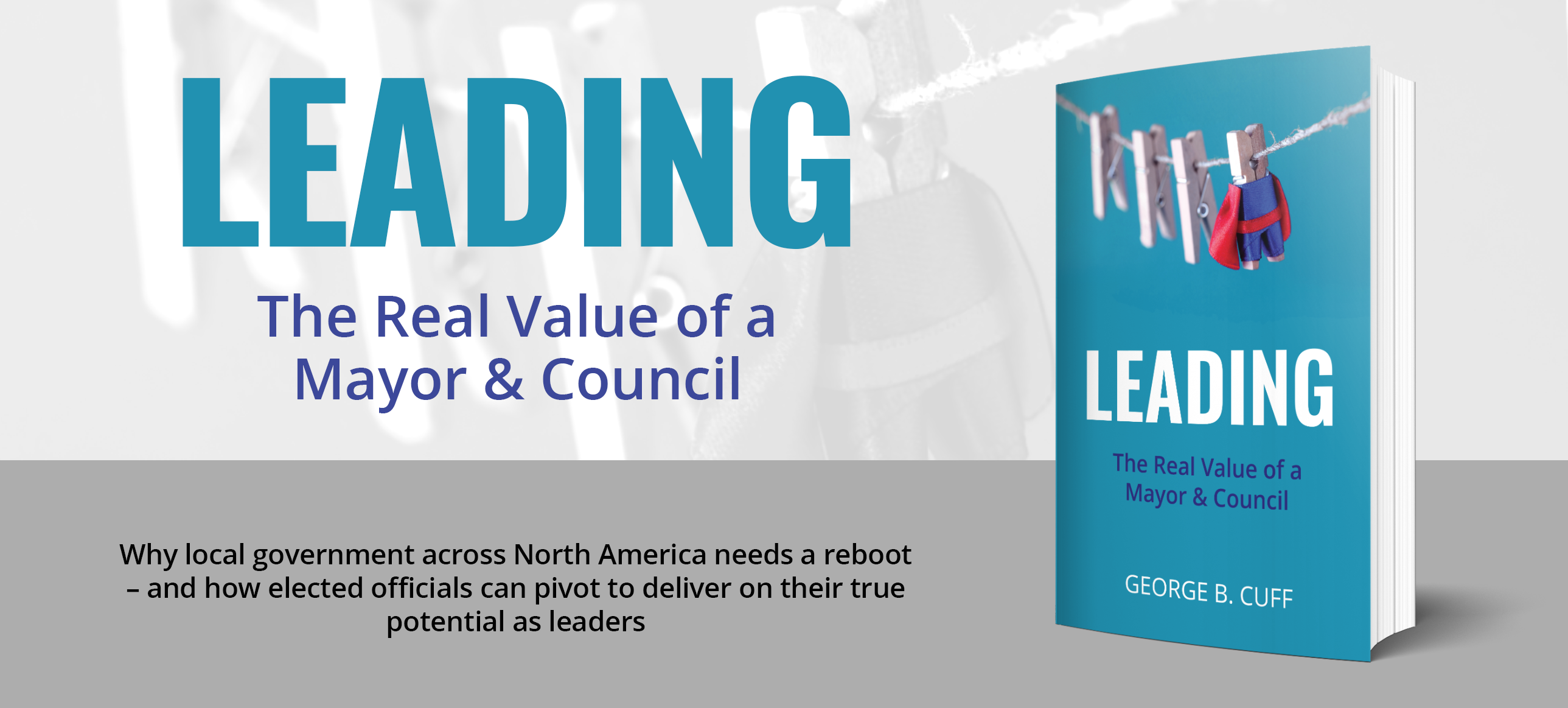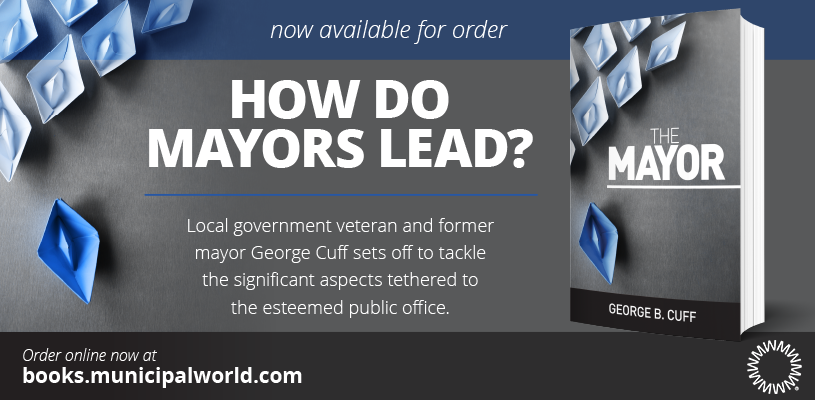Seven steps to modernizing procurement
 Modernizing purchasing isn’t just about using new tools – it’s about buying with intention, creating better outcomes, and designing procurement strategies that reflect today’s realities and tomorrow’s needs. Photo: Kinetic GPO
Modernizing purchasing isn’t just about using new tools – it’s about buying with intention, creating better outcomes, and designing procurement strategies that reflect today’s realities and tomorrow’s needs. Photo: Kinetic GPO
Why should public sector organizations modernize purchasing? The answer is simple: traditional procurement methods are falling short.
They don’t maximize benefits like time and savings, value for money, or flexibility. Even worse, they often lead to missed opportunities for innovation, inefficient processes, and a disconnect between what is purchased and what is truly needed.
Take social procurement, for example. If your municipality is aiming to increase engagement with local or underrepresented suppliers, old-school approaches may limit your reach or unintentionally exclude those very businesses. Similarly, clinging to the lowest bid model can ignore long-term value, where higher upfront costs might mean more sustainable, community-supportive outcomes over time.
Modernizing purchasing isn’t just about using new tools – it’s about buying with intention, creating better outcomes, and designing procurement strategies that reflect today’s realities and tomorrow’s needs.
Digital Transformation: A Foundational Shift
Modernizing procurement starts with moving from manual, paper-heavy processes to digital platforms.
In many public sector organizations, requests for proposals (RFPs) are still physically printed, manually submitted, or advertised in ways that are visible only to a limited audience. A digital platform opens that process up. It increases visibility and makes it easier for more suppliers – including small, local, or Indigenous-owned businesses – to find and respond to opportunities.
Internally, digital procurement creates a “window” into the process. It allows departments to stay involved and informed rather than handing off a file and wondering about progress. It fosters transparency and shared ownership.
Simplification and Accessibility
Public sector procurement is often bogged down by complex legacy processes that were built for compliance rather than clarity.
Modernizing means revisiting these steps to streamline the process, without sacrificing fairness or transparency. This makes procurement opportunities more discoverable, easier to navigate, and simpler to respond to. Internally, a clearer workflow means everyone knows their role, and decisions can be made more efficiently.
Agility and Innovation
Modern procurement isn’t just faster, it’s smarter.
Shifting from transactional, prescriptive approaches to a category-based model gives municipalities greater agility. Instead of spelling out every detail of what’s required, municipalities can define needs at a higher level, allowing suppliers to offer innovative solutions.
Driving Social and Sustainable Outcomes
Procurement is a powerful lever for social change.
Whether it’s promoting sustainability or supporting equity-seeking businesses, modern procurement strategies can embed these goals into every purchasing decision.
Consider British Columbia’s “buying with intention” approach. Their reforms focused on working with local and small businesses, adjusting legislative frameworks, and developing proactive procurement strategies.
These changes led to increased engagement from Indigenous and smaller vendors and encouraged collaboration across departments.
Data, Accountability, and Integration
In a digital environment, data becomes a key driver of accountability and performance. You can’t improve what you don’t measure.
Modern systems allow organizations to track spending by category, supplier, and department. This helps with forecasting, budget planning, and supplier management. Crucially, it provides visibility into total organizational spending, not just by contract or division, but across the entire operation.
However, for this to work, roles must be clearly defined. Procurement, finance, and operations must understand who owns what data, who manages it, and how it flows across systems from sourcing to payment.
Culture and Talent: The Real Change Agents
Technology can transform systems, but real change comes from people.
Procurement professionals often operate under pressure and fear of making mistakes. A modern approach requires a shift toward a culture of experimentation: fail fast, learn fast, and move forward. Leaders must invest in training, mentoring, and talent development, and encourage staff to challenge the status quo.
Some of the best ideas come from frontline buyers. If leadership creates a safe environment for innovation, those doing the work every day will lead the change.
Procurement should be a valued partner in every organization. They should be viewed as problem solvers rather than gatekeepers.
Stronger Supplier Relationships
Public organizations have historically avoided close engagement with vendors for fear of favoritism. But collaboration isn’t favoritism. It’s smart procurement.
When municipalities build trust-based relationships with suppliers, both sides benefit. Vendors understand what’s expected, governments benefit from supplier expertise, and together they deliver better results.
Haggling to the last penny may seem like a win until you need that vendor to go the extra mile in a crisis. A fair contract with mutual benefit fosters reliability, responsiveness, and innovation.
Change Requires Champions
Modern procurement doesn’t happen by accident. It requires executive-level buy-in, a willingness to challenge silos, and a commitment to continuous improvement.
Progress begins with pilots, culture shifts, and redefining procurement as a strategic enabler. Success lies in empowering people and prioritizing value over lowest cost.
Ultimately, the change we want to see is simple: an open, fair, transparent, inclusive, and intentional procurement process that supports municipal goals today and adapts to the challenges of tomorrow.
Contact Sanda Lisi at sandra@kineticgpo.ca to learn more.
Sandra Lisi is vice president, supplier engagement at Kinetic GPO.



